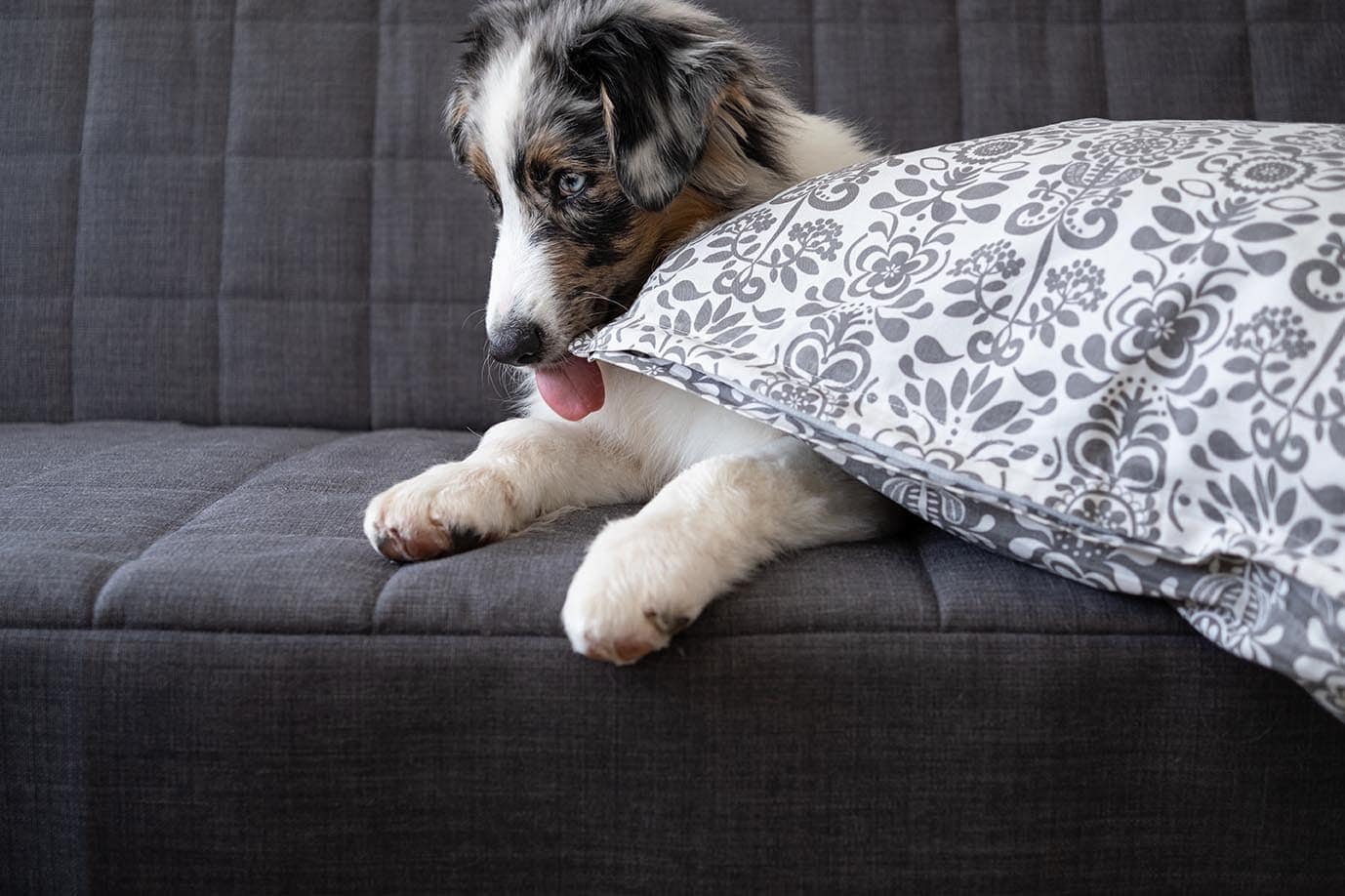

Articles
Why Does My Dog Bite Pillows
Modified: December 7, 2023
Discover the reasons why dogs bite pillows and learn how to prevent this behavior. Read our informative articles for helpful tips and advice.
(Many of the links in this article redirect to a specific reviewed product. Your purchase of these products through affiliate links helps to generate commission for Storables.com, at no extra cost. Learn more)
Introduction
Many dog owners have experienced the frustration and confusion of finding their beloved pet chewing on or even tearing apart their pillows. It’s a common behavior that can leave owners wondering why their dogs have such a strong urge to bite pillows. While it may seem puzzling, there are several reasons why dogs engage in this behavior.
To understand why dogs bite pillows, it’s important to first have a basic understanding of a dog’s behavior. Dogs, like humans, have natural instincts and needs that drive their actions. Whether it’s chewing, digging, or biting, dogs have different ways of expressing themselves and fulfilling their needs.
When it comes to pillow biting behavior, there are a few common reasons behind it. It’s essential for dog owners to be aware of these reasons, as understanding the underlying cause can help address the issue and redirect their pet’s behavior.
Key Takeaways:
- Understanding the reasons behind your dog’s pillow biting behavior, such as lack of appropriate chew toys and separation anxiety, is crucial for addressing and correcting this habit effectively.
- Consistency, positive reinforcement, and seeking professional help when necessary are key components in guiding your dog towards healthier chewing habits and creating a harmonious living environment for both you and your furry companion.
Read more: Why Does My Dog Bury His Head In Pillows
Understanding a Dog’s Behavior
Dogs are complex and intelligent creatures with their own unique set of instincts, drives, and behaviors. By understanding a dog’s behavior, we can begin to comprehend why they exhibit certain actions, such as biting pillows.
One important aspect to consider is that dogs are natural chewers. Just like humans, dogs feel the need to explore the world around them through their mouths. Chewing helps relieve stress, exercise their jaws, and keep their teeth and gums healthy. However, when dogs do not have appropriate chew toys, they may resort to biting pillows as a substitute.
Another factor that can contribute to pillow biting behavior is separation anxiety. Dogs are social animals and can become distressed when left alone for extended periods. Chewing or biting on pillows can provide them with a sense of comfort and security in their owner’s absence.
In some cases, teething can also be a reason why dogs bite pillows. Just like human babies, puppies go through a teething stage where their gums are sore and itchy. Biting and chewing can help alleviate their discomfort, and pillows may be a convenient target.
Boredom or excess energy can also lead to pillow biting. Dogs require mental and physical stimulation to stay happy and fulfilled. If they are not provided with enough opportunities to burn off excess energy, they may resort to finding their own means of entertainment, such as chewing on pillows.
Lastly, dogs may mistake pillows for prey or play objects. Dogs have a natural instinct to chase and capture moving objects. The soft and fluffy texture of pillows can trigger this instinct and cause them to actively engage with the pillows as if they were prey.
By understanding these underlying reasons for pillow biting behavior, dog owners can take the necessary steps to address the issue and redirect their dog’s behavior towards appropriate outlets.
Reasons Why Dogs Bite Pillows
There are several reasons why dogs engage in pillow biting behavior. It’s important for dog owners to identify these reasons in order to address the root cause and find appropriate solutions. Here are some common reasons why dogs bite pillows:
- Lack of proper chew toys: Dogs have a natural instinct to chew, and without appropriate chew toys, they may resort to biting pillows as a substitute. Providing your dog with durable and safe chew toys can help redirect their biting behavior.
- Separation anxiety: Dogs are social animals and can experience distress when left alone. Biting pillows can be a coping mechanism for dogs suffering from separation anxiety. Implementing strategies to alleviate separation anxiety, such as crate training or gradual desensitization, can help reduce pillow biting behavior.
- Teething: Just like human babies, puppies go through a teething stage where their gums are sore and itchy. Biting and chewing can help soothe their discomfort. Providing appropriate teething toys and regularly checking their mouth for any dental issues can help prevent pillow biting during this stage.
- Boredom or excess energy: Dogs are energetic animals that require mental and physical stimulation. If they are not provided with enough opportunities to burn off excess energy, they may become bored and seek ways to entertain themselves, including biting pillows. Regular exercise, interactive toys, and engaging playtime can help channel their energy in a productive way.
- Mistaken pillow for prey or play: Dogs have a natural prey drive and may perceive pillows as objects to chase or play with. The soft and fluffy texture can trigger their instincts, leading to biting behavior. Training and redirecting their attention to appropriate play items can help discourage pillow biting.
It’s important to note that every dog is unique, and the reasons for pillow biting can vary. By observing your dog’s behavior and considering these common causes, you can gain insight into why your dog engages in this behavior and take appropriate steps to address it.
Lack of Proper Chew Toys
One of the reasons why dogs bite pillows is due to a lack of proper chew toys. Dogs have a natural instinct to chew, and providing them with appropriate outlets for this behavior is essential for their mental and physical well-being.
When dogs do not have access to suitable chew toys, they may look for alternative items to satisfy their chewing needs. Unfortunately, pillows often become a tempting target due to their soft texture and accessibility within the home.
Investing in high-quality chew toys is crucial for preventing pillow biting behavior. There are various types of chew toys available, including rubber toys, rope toys, and dental chews. These toys are designed to withstand your dog’s chewing and provide them with a safe and enjoyable chewing experience.
When selecting chew toys, it’s important to consider the size, durability, and material. Choose toys that are size-appropriate for your dog to prevent choking hazards. Look for toys made from durable materials that can withstand strong jaws and rigorous chewing. Opt for non-toxic and safe materials to ensure your dog’s health and well-being.
Introduce the chew toys to your dog and encourage them to engage with these toys instead of the pillows. You can make the chew toys more enticing by adding a smear of peanut butter or stuffing them with treats. This will encourage your dog to focus their chewing instincts on the appropriate toys rather than the pillows.
Regularly inspect the chew toys for any signs of wear and tear. Replace them as needed to ensure your dog always has a safe and engaging chewing option available. By providing your dog with a variety of chew toys and making them easily accessible, you can significantly reduce the chances of your dog biting pillows.
Remember that consistency is key. Encourage your dog to chew on the appropriate toys by praising and rewarding them when they make the right choice. Redirect their attention whenever you catch them attempting to bite a pillow. With time and patience, your dog will learn that the chew toys are the preferred option for fulfilling their chewing needs.
By addressing the lack of proper chew toys and redirecting your dog’s chewing behavior, you can effectively minimize pillow biting and ensure a happier and healthier dog-owner relationship.
Separation Anxiety
Separation anxiety is a common issue that many dogs face when their owners leave them alone. Dogs are social animals that form strong bonds with their human companions, and being separated from them can cause stress and anxiety. This anxiety often manifests in various behaviors, including destructive behaviors like biting pillows.
When dogs with separation anxiety are left alone, they may experience intense feelings of fear and abandonment. Biting pillows can be a coping mechanism for them to alleviate their anxiety and provide a sense of comfort. The soft texture of the pillows may help to soothe their nerves.
If your dog exhibits pillow biting behavior primarily when you’re away from home, it’s likely a sign of separation anxiety. Other signs of separation anxiety may include excessive barking, destructive chewing, pacing, and house soiling. It’s crucial to address this issue as it can be distressing for both you and your dog.
There are several strategies you can employ to help your dog cope with separation anxiety and reduce their pillow biting behavior:
- Gradual desensitization: Gradually expose your dog to longer periods of being alone. Start with short intervals where you leave the house and gradually increase the duration over time. This helps your dog build confidence and gradually reduce their anxiety.
- Crate training: Many dogs find comfort and security in their crates. Introducing crate training can provide your dog with a safe space that they associate with positive experiences. Make the crate a cozy and inviting environment, and use it as a tool to gradually increase their tolerance to being alone.
- Environmental enrichment: Provide your dog with mental and physical stimulation by offering interactive toys, puzzle feeders, and engaging activities. This can help alleviate boredom and anxiety when they are left alone.
- Calming techniques: Use calming techniques such as playing soothing music, utilizing natural pheromone diffusers, or providing pheromone sprays that can help create a calming environment for your dog.
- Consulting a professional: In severe cases, it may be beneficial to seek the help of a professional dog trainer or animal behaviorist who specializes in separation anxiety. They can provide tailored strategies and guidance to address your dog’s specific needs.
Addressing separation anxiety requires patience and consistency. It’s important to gradually work with your dog and provide them with the support they need to feel more secure when left alone. By addressing their anxiety, you can help reduce pillow biting behavior and create a more harmonious environment for both you and your furry companion.
Teething
Teething is a natural process that puppies go through as their baby teeth are replaced by permanent adult teeth. This stage can be uncomfortable and even painful for puppies, causing them to seek relief through chewing and biting. Consequently, pillows often become a target for their teething urges.
During the teething stage, puppies’ gums become sore and itchy as new teeth begin to emerge. Chewing helps to alleviate the discomfort and aids in the process of the baby teeth falling out and the adult teeth coming in. Unfortunately, pillows can provide a soft and easily accessible object for puppies to chew on.
To help address the issue of pillow biting during the teething stage, it’s important to provide appropriate teething toys for your puppy. These toys are specifically designed for teething puppies and can provide relief to their sore gums.
Look for teething toys made of soft rubber or silicone that are safe for your puppy to chew on. Avoid toys that are too hard as they can damage their growing teeth. Some teething toys can be filled with water and frozen to provide added relief to their gums as the cold temperature numbs the pain.
Introduce the teething toys to your puppy and encourage them to chew on these toys instead of the pillows. You can make the toys more enticing by smearing them with a small amount of peanut butter or soaking them in low-sodium chicken broth. The attractive taste and texture will encourage your puppy to focus their chewing on the appropriate toys.
Supervise your puppy while they are chewing on the teething toys to ensure their safety. Remove any smaller or broken pieces that may pose a choking hazard. It’s also important to regularly inspect the toys for wear and tear, replacing them as necessary to maintain their effectiveness.
Additionally, you can gently massage your puppy’s sore gums with your fingers or offer them a cold and wet washcloth for them to chew on. Be careful not to apply too much pressure or engage in rough play, as this may exacerbate the pain.
By providing your teething puppy with appropriate teething toys and alternatives, you can redirect their biting urges away from pillows and onto items that are safe and soothing for their gums. Remember to be patient and consistent with your training efforts, as the teething stage is temporary and will eventually pass.
Boredom or Excess Energy
One of the common reasons why dogs bite pillows is due to boredom or excess energy. Dogs are naturally active and curious creatures that require mental and physical stimulation to keep them engaged and satisfied. When they don’t have enough outlets for their energy, they may resort to destructive behaviors such as pillow biting.
When dogs are bored or have excess energy, they seek ways to entertain themselves. Biting pillows can provide a form of stimulation, as the act of tearing and chewing on the soft fabric can be engaging for them.
To address pillow biting behavior caused by boredom or excess energy, it’s important to provide your dog with plenty of opportunities for exercise and mental stimulation.
Regular exercise is crucial for a dog’s well-being. Make sure your dog gets daily walks, play sessions, or other forms of physical activity. Engage in activities that challenge them physically, such as playing fetch, going for runs, or participating in agility training. A tired dog is less likely to engage in destructive behaviors.
In addition to physical exercise, mental stimulation is equally important. Dogs thrive on mental challenges that keep their brains engaged. Provide interactive toys, puzzle feeders, and treat-dispensing toys that require your dog to work for their rewards. Consider incorporating obedience training, scent work, or agility exercises to keep their minds sharp.
It’s also essential to spend quality time with your dog, providing them with attention and positive interaction. Engage in regular play sessions and training exercises that strengthen the bond between you and your dog.
Furthermore, consider providing your dog with a variety of toys that are designed to keep them mentally engaged. Rotate their toys regularly, so they don’t become bored with the same ones. This keeps their interest piqued and prevents them from seeking alternative objects like pillows to satisfy their need for stimulation.
If you’re unable to provide your dog with the necessary mental and physical stimulation due to time constraints, consider hiring a professional dog walker or enrolling them in doggy daycare. These services can provide an outlet for your dog’s excess energy and prevent boredom-induced pillow biting.
By addressing your dog’s boredom and excess energy levels through exercise, mental stimulation, and engagement, you can significantly reduce their pillow biting behavior. A happy and fulfilled dog is less likely to engage in destructive behaviors, allowing for a harmonious living environment for both you and your furry friend.
Provide your dog with appropriate chew toys and regularly engage in play and exercise to help redirect their chewing behavior away from pillows.
Mistaken Pillow for Prey or Play
One intriguing reason why dogs bite pillows is the instinctual behavior of mistaking them for prey or play objects. Dogs have natural hunting instincts, and certain characteristics of pillows can trigger these instincts and lead to biting behavior.
The soft and fluffy texture of pillows can resemble the fur or feathers of prey animals. Dogs may view pillows as objects to chase and capture, engaging in playful or predatory behavior. This behavior is more common in dogs with a strong prey drive or a history of hunting breeds.
When dogs bite pillows under this mistaken assumption, they may exhibit behaviors such as pouncing, shaking, and tearing. It’s important to note that this behavior is not driven by aggression but rather their innate instincts.
To address the issue of dogs mistaking pillows for prey or play objects, it’s crucial to redirect their behavior and provide appropriate alternatives.
Firstly, ensure that your dog has access to a variety of interactive and engaging toys. These toys should mimic the textures and shapes of prey animals to capture your dog’s interest. Toys with squeakers, ropes, or stuffed animals can provide an outlet for their natural hunting instinct.
Engage in interactive play sessions with your dog using these toys. Play fetch, tug-of-war, or hide-and-seek to satisfy their need for prey-like movements and mental stimulation. By redirecting their instincts towards appropriate toys, you can diminish their desire to bite on pillows.
When you notice your dog exhibiting pillow biting behavior, immediately intervene and redirect their attention to a toy. Use a firm “no” command to indicate that biting pillows is not acceptable behavior. Reward and praise your dog when they engage with the toy instead, reinforcing the desired behavior.
Consistency is key in teaching your dog that pillows are off-limits. Be patient and persistent in redirecting their behavior and offering engaging toys to substitute their urge to bite pillows. With repetition and positive reinforcement, your dog will gradually learn to distinguish between acceptable play objects and items that are not meant to be bitten.
If the issue persists or if you find it challenging to train your dog on your own, consider seeking the assistance of a professional dog trainer or behaviorist. They can provide personalized guidance and training techniques to specifically address the issue of mistaken pillow biting.
By redirecting your dog’s instinctual urge to bite pillows towards appropriate toys and providing consistent training, you can effectively minimize and redirect their behavior. Ultimately, this will create a safer and more harmonious environment for both you and your dog.
Correcting Pillow Biting Behavior
If your dog has developed a habit of biting pillows, it’s important to address the behavior and provide appropriate correction. By implementing the following strategies, you can effectively redirect your dog’s biting tendencies and discourage pillow biting:
- Provide appropriate chew toys: Ensure that your dog has access to a variety of chew toys made specifically for their size and chewing preferences. Introduce these toys to your dog and encourage them to chew on them instead of the pillows. Reward and praise them when they engage with the toys appropriately.
- Obedience training: Teach your dog basic obedience commands such as “leave it” or “drop it”. These commands will allow you to redirect their attention away from the pillows when you catch them biting. Consistent training and reinforcement will help establish boundaries and teach appropriate behavior.
- Consistency and positive reinforcement: Be consistent in redirecting your dog’s behavior whenever you see them biting pillows. Confidently and calmly intervene with a verbal cue or a gentle physical interruption. Immediately offer them a toy or engage them in play to redirect their attention. Reward and praise your dog when they choose to chew on the appropriate toys.
- Use taste deterrents: Apply a taste deterrent spray or a bitter-tasting substance, specifically designed for pets, onto the pillows. The unpleasant taste will discourage your dog from biting and help them associate the pillows with a negative experience. Repeat the application regularly to maintain its effectiveness.
- Supervise and manage the environment: Keep a close eye on your dog when they are near the pillows. If necessary, limit their access to the area where the pillows are located when you can’t supervise them directly. Utilize baby gates or use crates to prevent unsupervised access to the pillows.
- Seeking professional help: If the pillow biting behavior persists or if you’re finding it challenging to correct the behavior on your own, consider consulting with a professional dog trainer or behaviorist. They can assess the situation and provide personalized guidance and training techniques to address your dog’s specific needs.
Remember that correcting pillow biting behavior requires patience, consistency, and positive reinforcement. It’s important to provide alternative outlets for your dog’s chewing needs, establish clear boundaries, and redirect their attention to appropriate toys. By addressing the behavior promptly and consistently, you can effectively correct the pillow biting habit and create a harmonious living environment for both you and your furry companion.
Read more: Why Does My Dog’s Pee Turn The Grass Yellow
Providing Appropriate Chew Toys
One of the key steps in preventing and redirecting pillow biting behavior in dogs is to provide them with appropriate chew toys. Dogs have a natural instinct to chew, and having suitable toys allows them to fulfill this need in a safe and healthy manner.
When selecting chew toys for your dog, consider the following factors:
- Size: Choose chew toys that are appropriate for your dog’s size and breed. Toys that are too small may pose a choking hazard, while toys that are too big may be difficult for your dog to handle. A toy that is the right size will be more engaging and prevent frustration.
- Material: Opt for chew toys made from durable materials that can withstand your dog’s chewing strength. Look for non-toxic materials that are safe for your dog to chew on. Popular options include rubber, nylon, or tough fabric toys.
- Texture: Dogs have different preferences when it comes to the textures they enjoy chewing on. Some dogs prefer smooth surfaces, while others prefer rough or textured surfaces. Experiment with different textures to find what your dog finds most appealing.
- Variety: Provide your dog with a variety of chew toys to keep them engaged and prevent boredom. Rotate their toys regularly to maintain their interest. This prevents them from becoming fixated on one particular object, such as pillows, and encourages them to chew on the appropriate toys.
- Taste and scent: Some chew toys come infused with flavors or scents that make them more enticing for your dog. Consider toys with flavors like peanut butter or mint to make them more appealing and enjoyable for your dog.
Introduce the chew toys to your dog in a positive and encouraging manner. Engage them in play with the toys, and consider using treats or praise as rewards for their engagement with the appropriate toys. This will help your dog associate the toys with positive experiences and increase their desire to chew on them instead of the pillows.
Regularly inspect the chew toys for any signs of wear and tear. Replace them if they become damaged to prevent any potential choking hazards or ingestion of small pieces. Taking the time to ensure your dog has safe and intact chew toys ensures their well-being and overall satisfaction.
Remember that providing appropriate chew toys is an ongoing process. As your dog grows, their chewing preferences may change, so it’s important to periodically reassess and update their toy collection to keep them engaged. Keep an eye on new toy releases that cater to different types of chewers and consider introducing them to your dog’s repertoire.
By consistently offering your dog a variety of appropriate chew toys, you can redirect their chewing instincts away from pillows and onto objects that are safe and satisfying. This not only protects your pillows but also promotes your dog’s dental health and mental stimulation.
Obedience Training
Obedience training is an essential component of teaching dogs appropriate behavior and establishing a harmonious relationship between dogs and their owners. It plays a crucial role in correcting unwanted behaviors such as pillow biting. Through obedience training, you can effectively communicate with your dog and guide them towards desired behaviors.
Here are some key aspects of obedience training that can help address pillow biting behavior:
- Basic commands: Teach your dog basic commands such as “sit,” “stay,” “leave it,” and “drop it.” These commands provide a foundation for controlling your dog’s behavior and redirecting their attention away from pillows when you catch them biting. Consistently practicing and reinforcing these commands will help your dog understand what is expected of them.
- Positive reinforcement: Use positive reinforcement techniques to ensure that your dog associates good behavior with rewards. When your dog follows a command or chooses to chew on an appropriate toy instead of biting pillows, reward them with treats or praise. This positive reinforcement strengthens the desired behavior and encourages them to repeat it.
- Clicker training: Clicker training is a popular method that uses a clicker (a small handheld device that makes a distinct sound) to mark the desired behavior, followed by a reward. By associating the clicker sound with positive outcomes, you can effectively communicate with your dog and reinforce the behaviors you want them to exhibit.
- Consistency: Consistency is crucial in obedience training. Use the same commands and cues consistently so that your dog learns to associate them with specific actions. Be consistent in your expectations of behavior and in rewarding or redirecting your dog’s actions. This will establish clear boundaries and guidelines for your dog to follow.
- Patience and persistence: Training takes time and patience. Be patient with your dog as they learn and grow. Some dogs may grasp concepts quickly, while others may require more time and repetition. Consistent practice and positive reinforcement will yield the best results.
- Professional guidance: If you are new to training or facing difficulties in addressing pillow biting behavior, consider seeking help from a professional dog trainer or behaviorist. They can provide guidance, tailor training techniques to your dog’s specific needs, and offer support through the training process.
Remember that obedience training is a lifelong commitment. Regular training sessions and reinforcement of commands are necessary to maintain desired behaviors. Through obedience training, you can establish a strong bond with your dog, improve their overall behavior, and effectively address pillow biting tendencies. The time and effort invested in training will result in a well-behaved and happy canine companion.
Consistency and Positive Reinforcement
Consistency and positive reinforcement are vital components of effectively correcting and redirecting pillow biting behavior in dogs. By implementing these strategies, you can communicate clear expectations to your dog and encourage them to engage in appropriate chewing behavior.
Consistency plays a crucial role in training your dog. Dogs thrive on routine and clear guidelines, so it’s important to consistently reinforce the behaviors you want to encourage and discourage. When it comes to pillow biting, this means consistently redirecting your dog’s attention to appropriate chew toys and consistently discouraging and interrupting any attempts to bite pillows.
Positive reinforcement is a powerful tool in training dogs. It involves rewarding your dog for exhibiting desired behaviors. When your dog chooses to chew on an appropriate toy instead of biting pillows, provide immediate praise, petting, and treats to reinforce the positive behavior. This positive association helps your dog understand that good behavior leads to positive outcomes and encourages them to repeat the behavior.
Here are some key tips for utilizing consistency and positive reinforcement in correcting pillow biting behavior:
- Redirect and reinforce: When you catch your dog biting a pillow, immediately redirect their attention to an appropriate chew toy. Use a firm but calm voice command such as “leave it” or “drop it.” Once they engage with the chew toy, offer praise, petting, and treats to reinforce the desired behavior.
- Timing is key: It’s important to praise and reward your dog immediately after they engage in appropriate chewing behavior. This helps them make the connection between the action and the positive reinforcement. Be sure to deliver the reward within seconds of the desired behavior to ensure a clear association.
- Be patient and persistent: Dogs learn through repetition and consistency, so be patient and persistent in your training efforts. Consistently redirect your dog to appropriate toys and consistently reward them for choosing to chew on those toys. With time, your dog will learn that chewing on toys is the desired behavior.
- Use high-value rewards: Use treats or rewards that are highly appealing to your dog. This could be small pieces of soft, tasty treats or even a favorite toy. By using high-value rewards, you increase the motivation for your dog to engage in appropriate chewing behavior.
- Remain calm and positive: Dogs are sensitive to our emotions, so it’s important to maintain a calm and positive demeanor during training sessions. Avoid any negative reinforcement or punishment, as this can lead to fear or anxiety in your dog. Instead, focus on positive reinforcement and encouraging your dog through praise and rewards.
- Consistency in all aspects of training: Consistency should extend beyond just pillow biting behavior. Be consistent in all aspects of your dog’s training, including commands, cues, and expectations. This helps your dog understand what is expected of them and reduces confusion.
Consistency and positive reinforcement form a powerful combination in correcting pillow biting behavior. By consistently redirecting your dog and providing positive reinforcement for appropriate chewing, you can effectively discourage pillow biting and guide your dog towards the desired behavior. The patience and effort invested in consistent training will result in a well-behaved and contented canine companion.
Seeking Professional Help
In some cases, addressing pillow biting behavior may require the assistance of a professional dog trainer or behaviorist. Seeking professional help can provide you with expert guidance, tailored strategies, and a deeper understanding of your dog’s specific needs.
Here are some reasons why you might consider seeking professional help to address pillow biting behavior:
- Complex or persistent behavior: If the pillow biting behavior is persistent or becomes more complex, it may be a sign that there are underlying issues that need to be addressed. A professional can conduct a thorough evaluation of your dog’s behavior and develop a specialized plan to address the root causes of the behavior.
- Limited success with previous methods: If you’ve been consistently redirecting your dog’s behavior and employing positive reinforcement techniques without significant progress, a professional can offer fresh perspectives and alternative approaches. They can assess the situation and recommend customized solutions tailored to your dog’s specific needs.
- Specific training techniques or behavior modification: Professionals have extensive knowledge and experience in dog behavior and training. They can provide you with specific training techniques and behavior modification strategies to address pillow biting behavior effectively. These techniques may include counterconditioning, desensitization, or structured obedience training.
- Understanding underlying causes: A professional can help you understand the underlying causes of your dog’s pillow biting behavior. They can identify whether it stems from separation anxiety, boredom, teething, or other factors. Understanding these causes is essential for selecting the most appropriate and effective training methods.
- Support and guidance: Working with a professional provides valuable support and guidance throughout the training process. They can answer questions, offer advice, and provide ongoing support as you work towards correcting the pillow biting behavior. They can also assist in monitoring your dog’s progress and making adjustments to the training plan if necessary.
When seeking professional help, it’s important to look for a certified and experienced dog trainer or behaviorist. Consider their qualifications, track record, and expertise in addressing behavioral issues such as pillow biting. You may also want to seek recommendations from trusted sources, such as your veterinarian or other dog owners who have faced similar challenges.
In collaboration with a professional, you can develop a comprehensive training plan that addresses your dog’s pillow biting behavior. The plan may include a combination of obedience training, behavior modification techniques, and strategies tailored to your dog’s unique needs.
Remember that every dog is different, and there is no one-size-fits-all approach to training. By seeking professional help, you are taking a proactive step towards addressing your dog’s pillow biting behavior effectively and creating a harmonious living environment for both you and your furry companion.
Read more: Why Does My Dog Get In The Bathtub?
Conclusion
Pillow biting behavior in dogs can be frustrating and confusing for owners, but understanding the reasons behind this behavior is key to addressing and correcting it. From lack of appropriate chew toys to separation anxiety, teething, boredom, and mistaking pillows for prey or play objects, there are several factors that contribute to this behavior.
To correct pillow biting behavior, it is important to provide your dog with appropriate chew toys, engage in obedience training, and maintain consistency and positive reinforcement. By redirecting their attention and offering acceptable alternatives, you can help them develop healthier chewing habits and minimize pillow biting incidents.
Additionally, seeking professional help from a certified dog trainer or behaviorist may be necessary in certain cases, such as persistent or complex pillow biting behavior. Professionals can provide expert guidance, specialized training techniques, and a deeper understanding of your dog’s unique needs.
Remember, addressing pillow biting behavior requires patience, consistency, and a proactive approach. Through proper training, choosing the right toys, and addressing any underlying causes, you can help your dog learn appropriate chewing behaviors and create a harmonious living environment for both you and your furry companion.
By understanding your dog’s needs, providing appropriate outlets, and offering consistent guidance and positive reinforcement, you can guide them towards better chewing habits and keep your pillows safe from their teeth. With time, patience, and a little training, you can foster a well-behaved and contented dog who knows exactly what they are allowed to chew on.
Frequently Asked Questions about Why Does My Dog Bite Pillows
Was this page helpful?
At Storables.com, we guarantee accurate and reliable information. Our content, validated by Expert Board Contributors, is crafted following stringent Editorial Policies. We're committed to providing you with well-researched, expert-backed insights for all your informational needs.
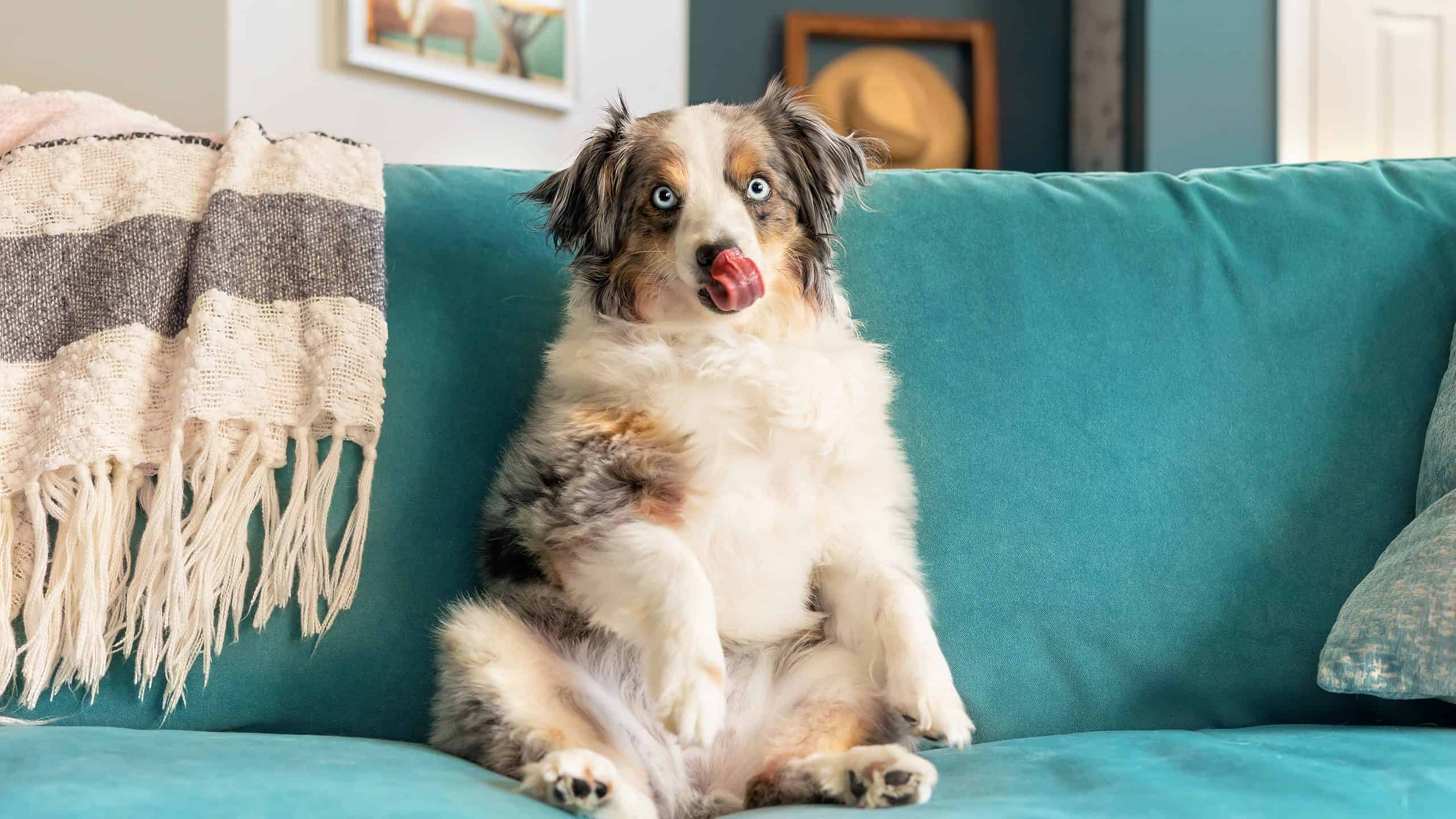
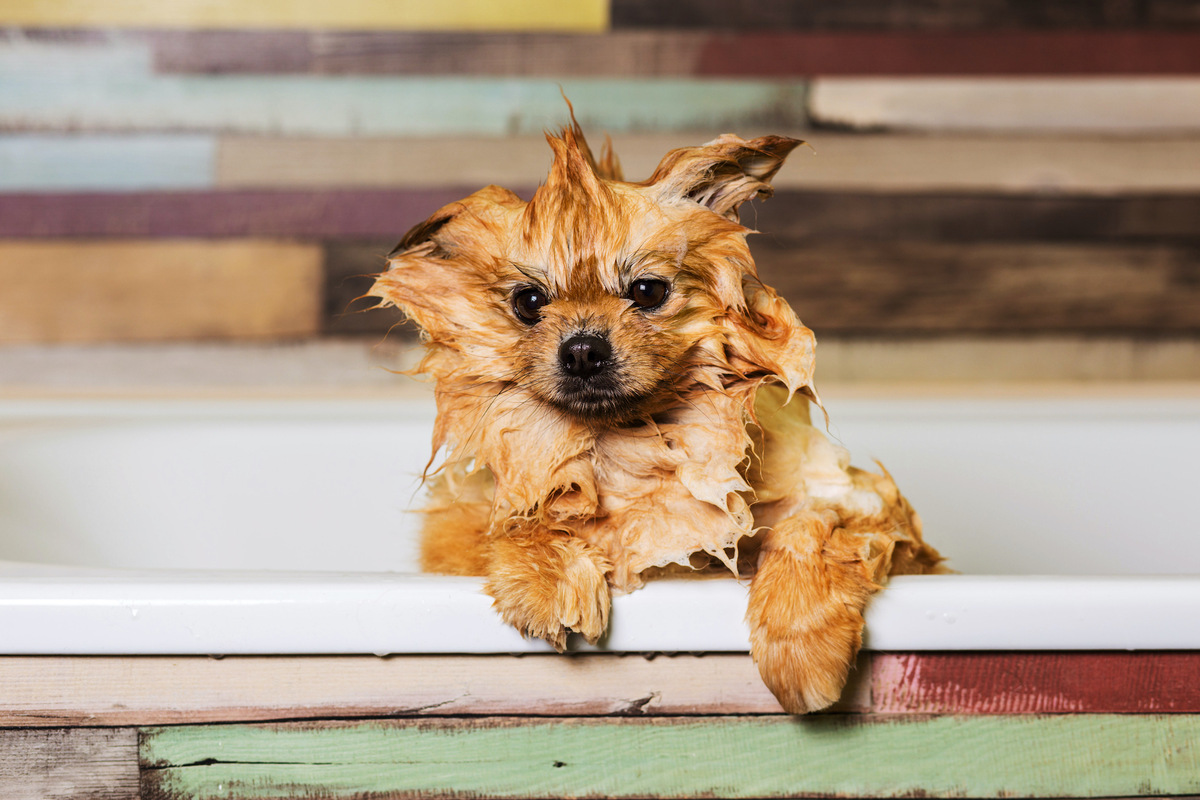
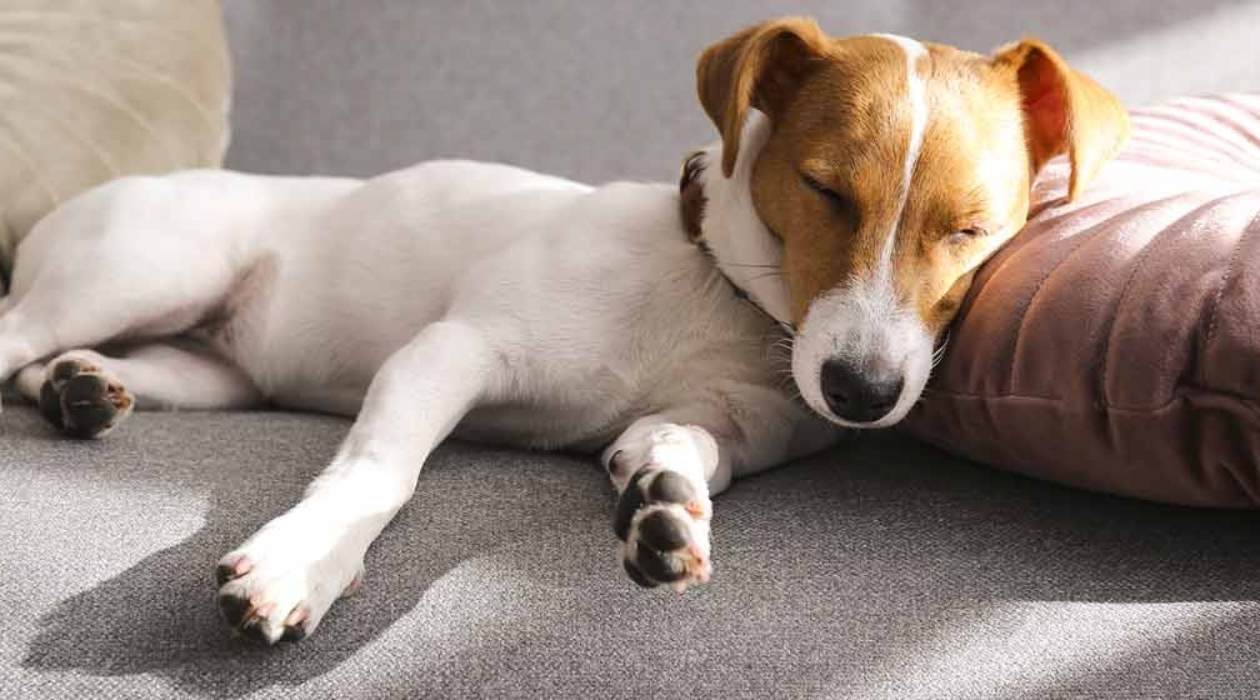
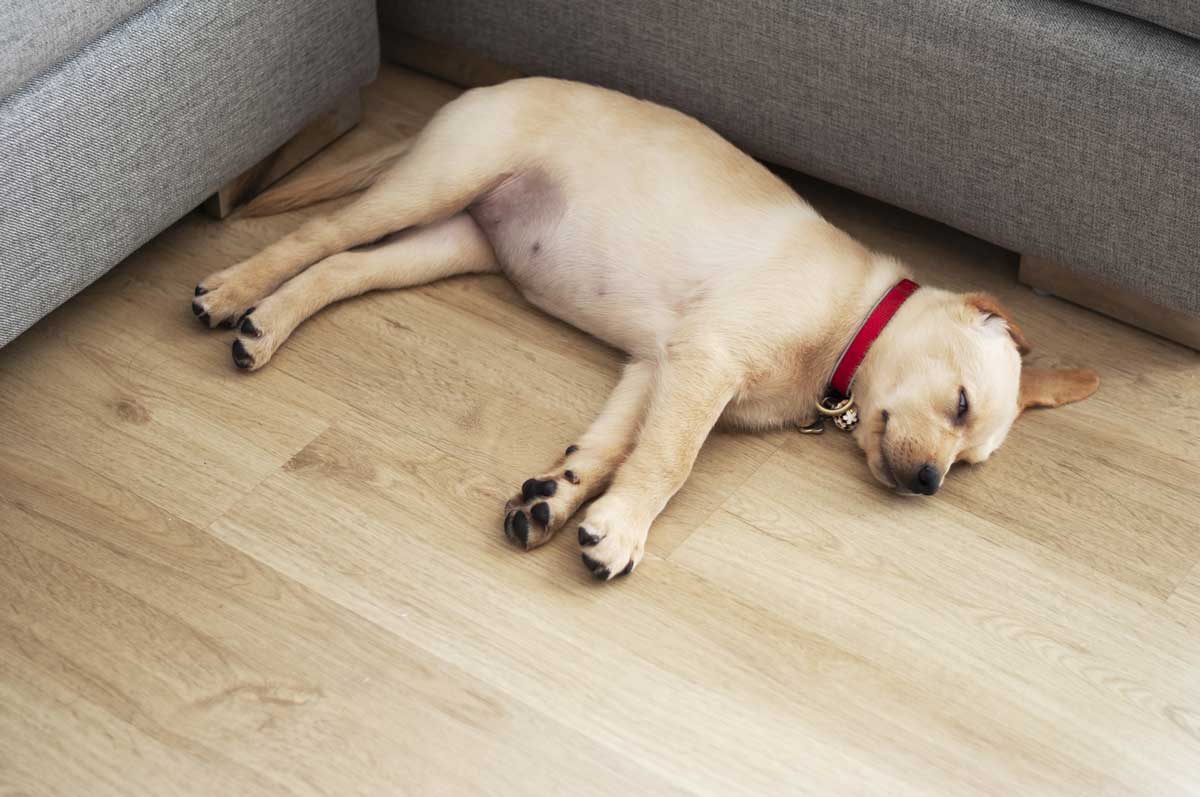
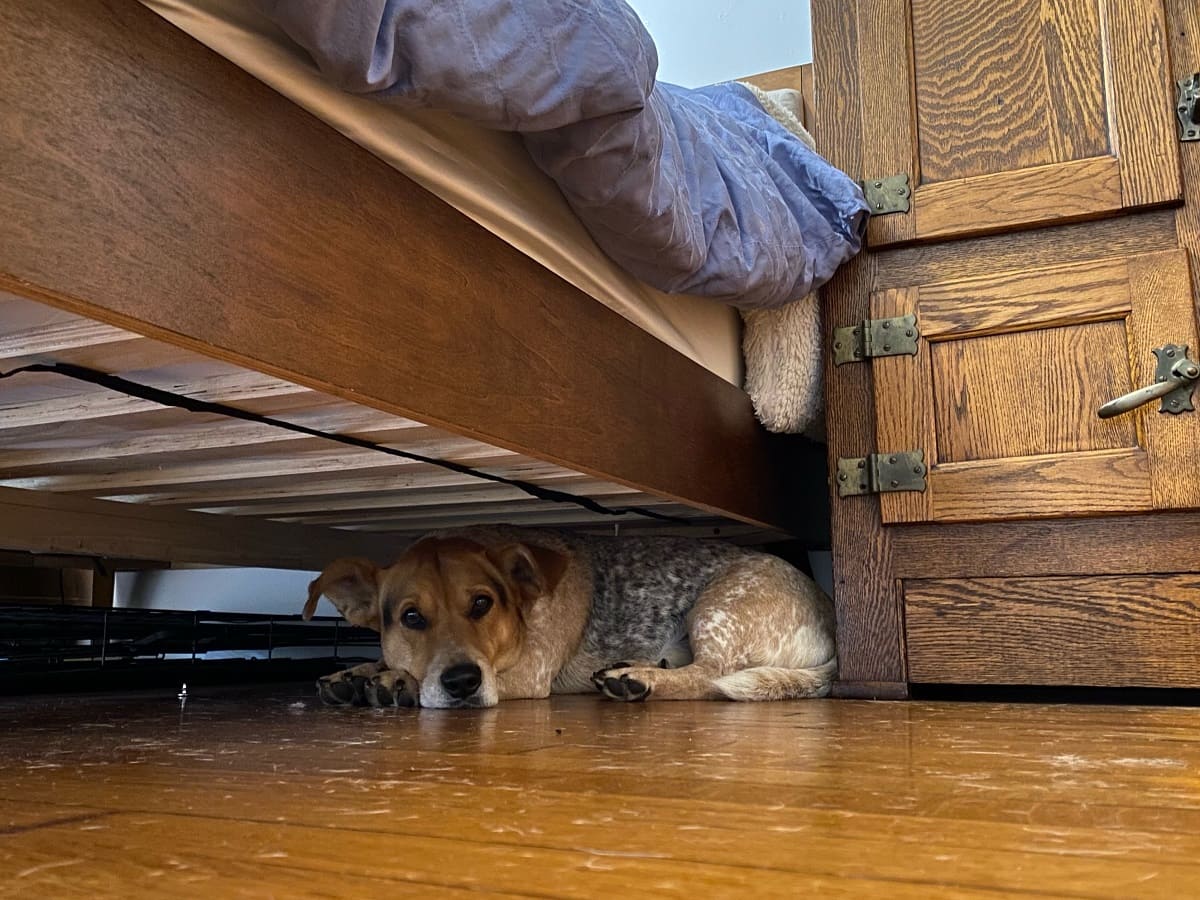
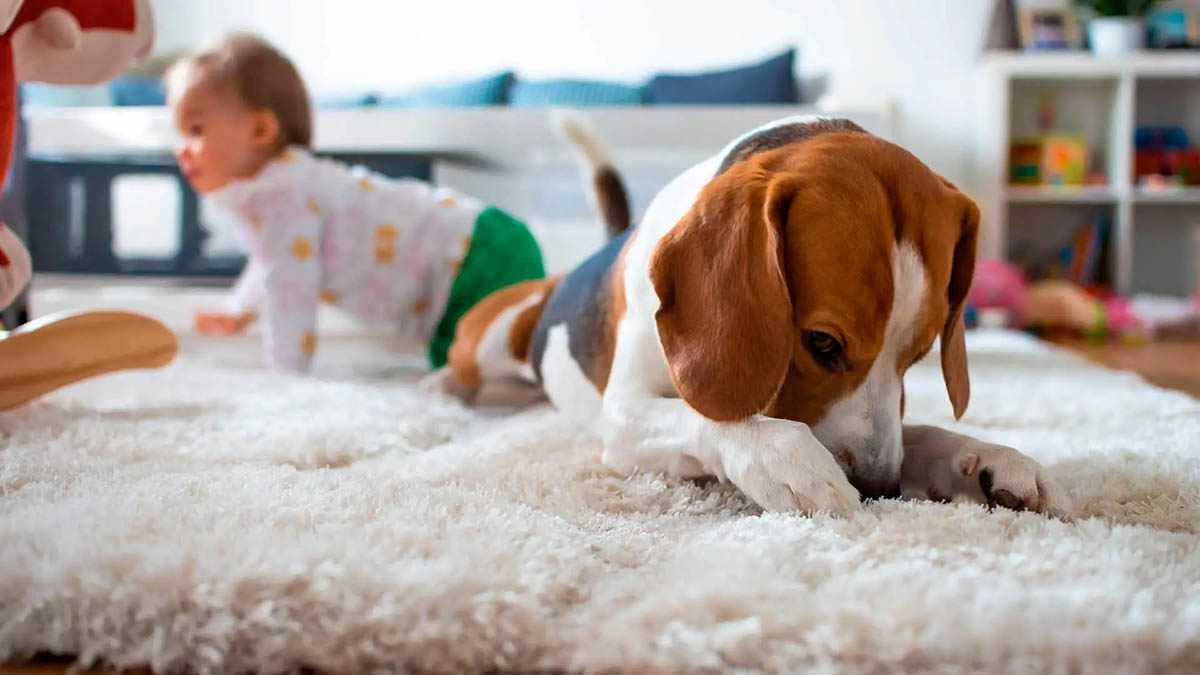
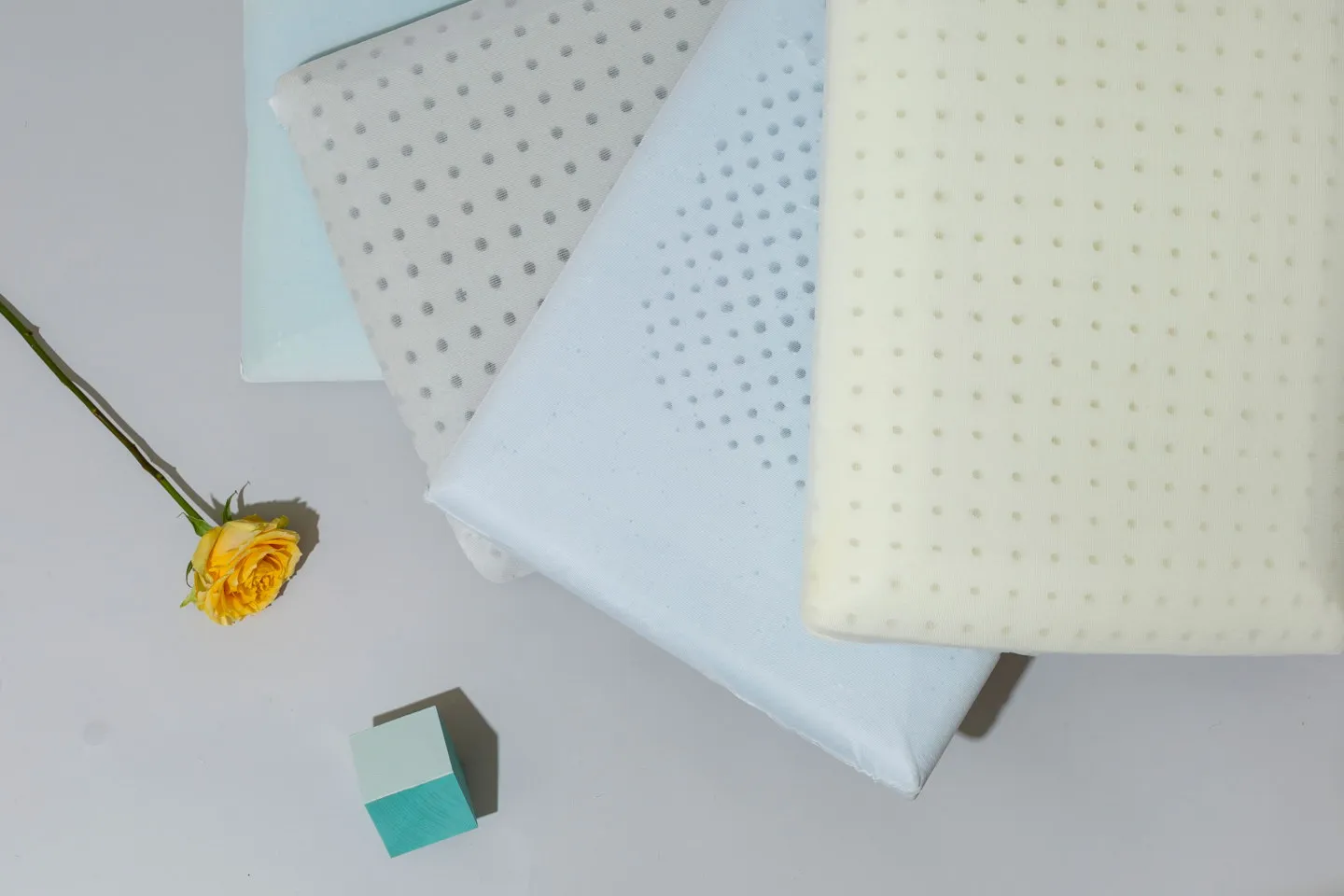
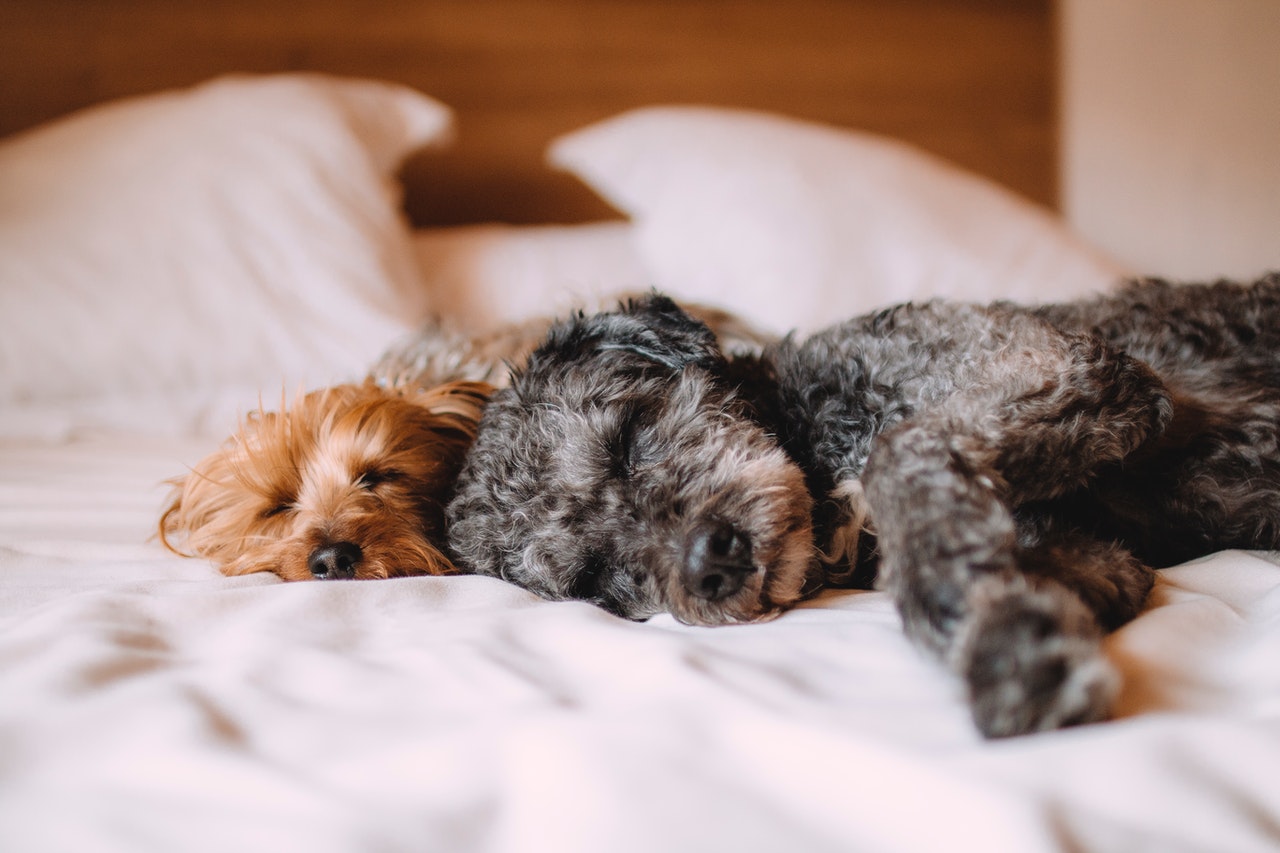
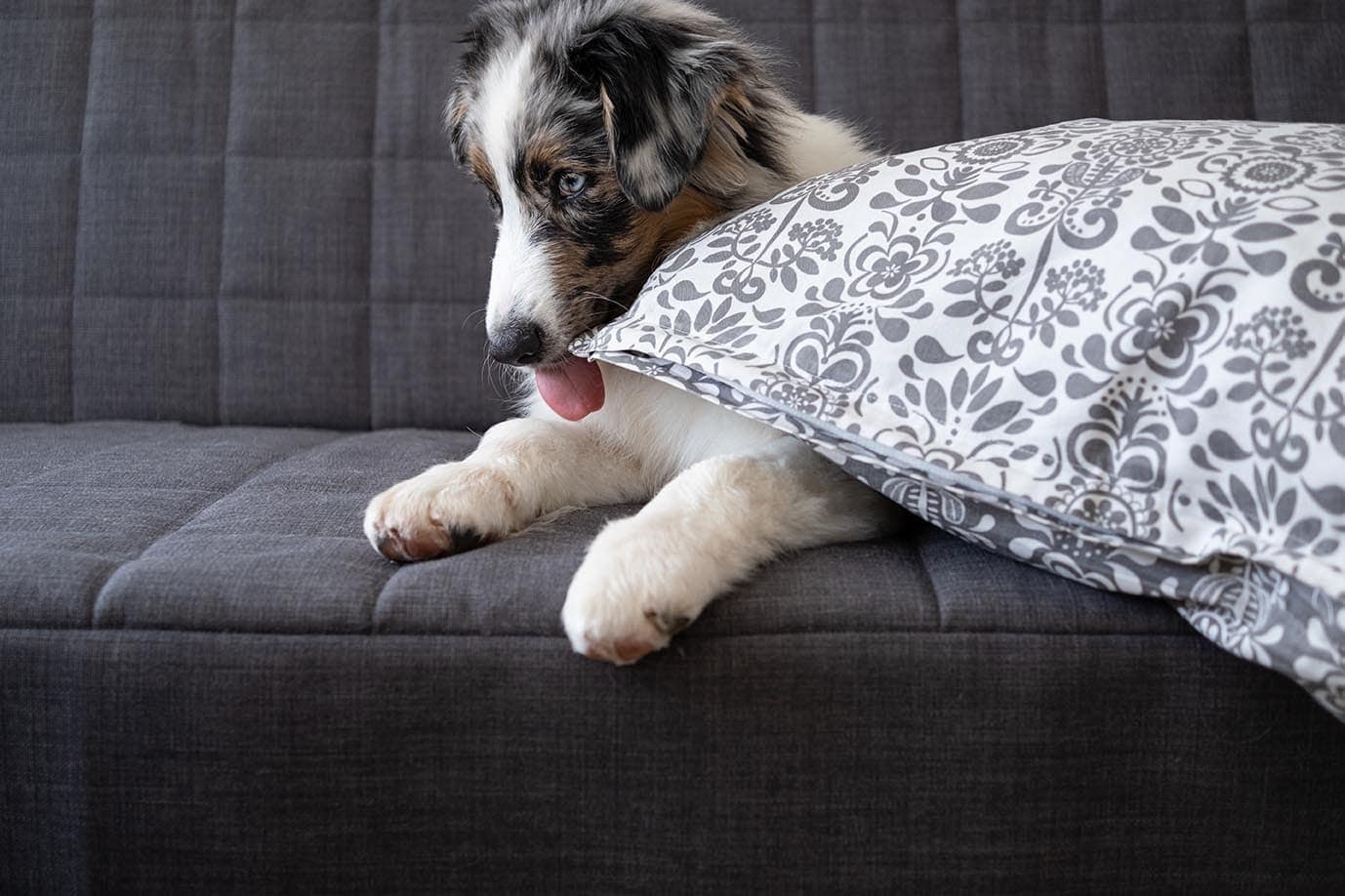
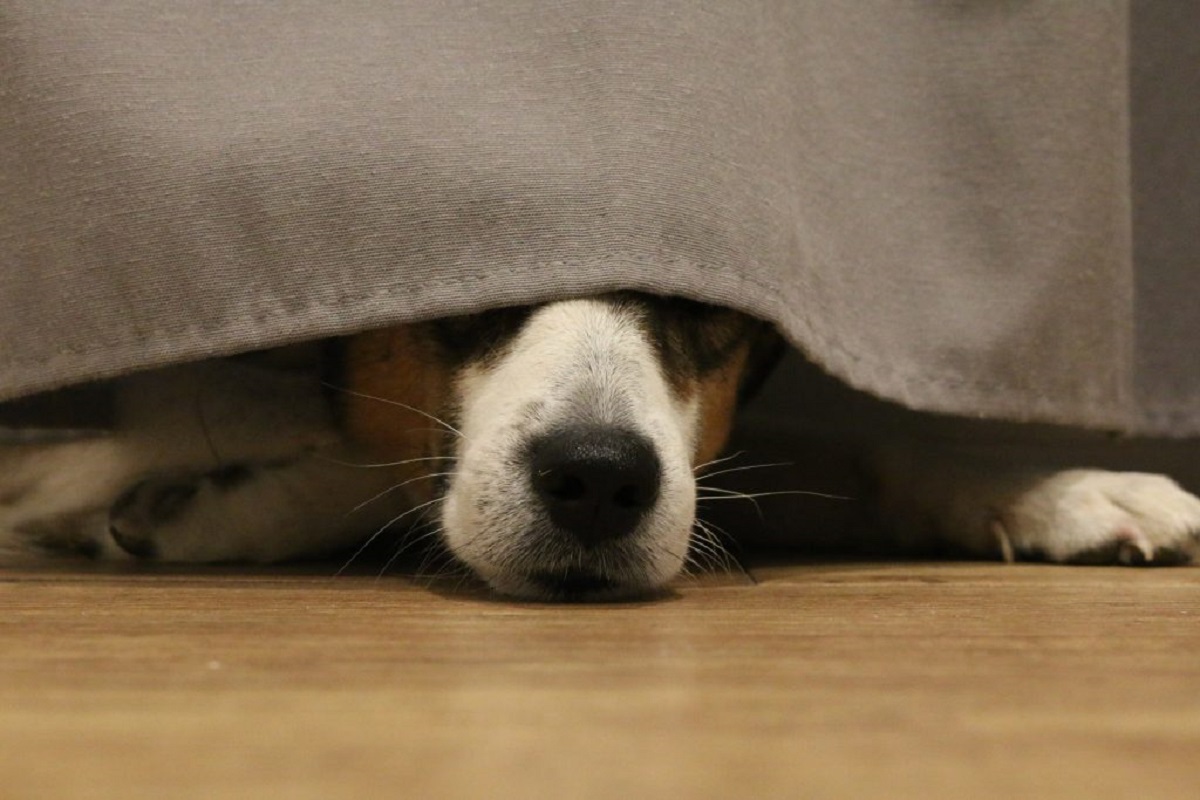
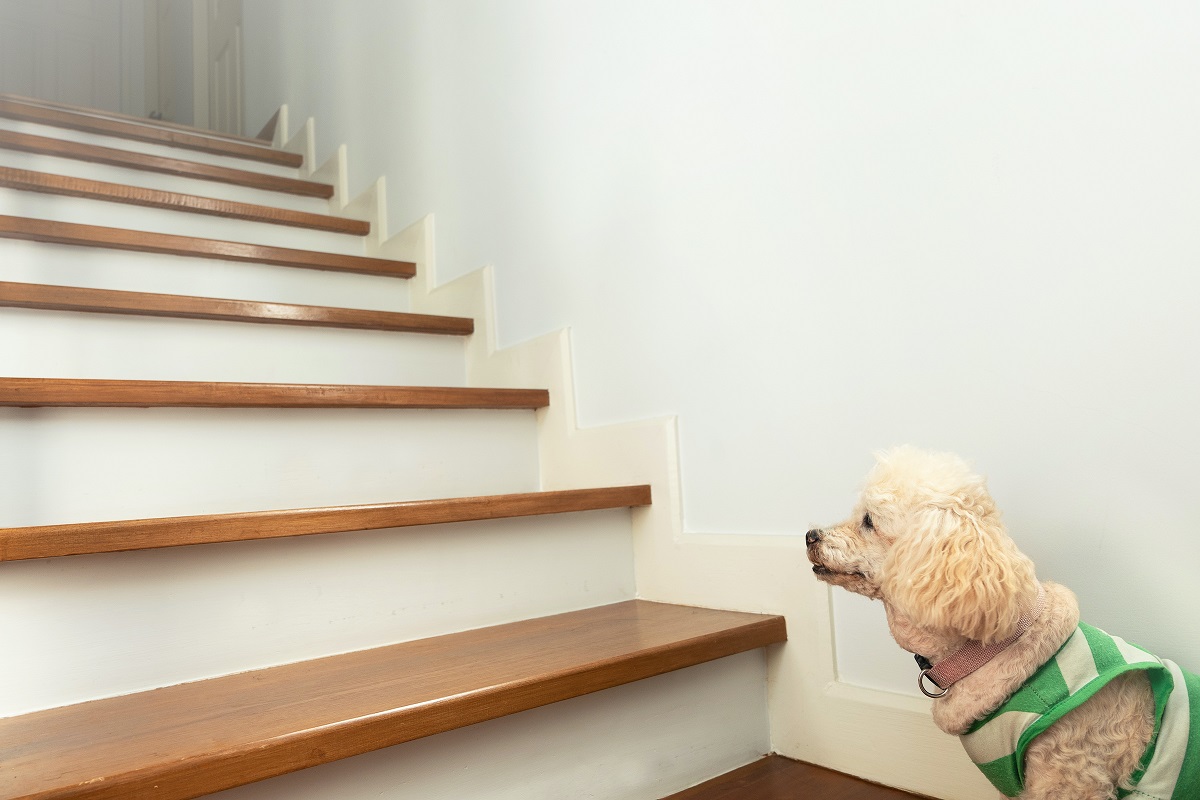
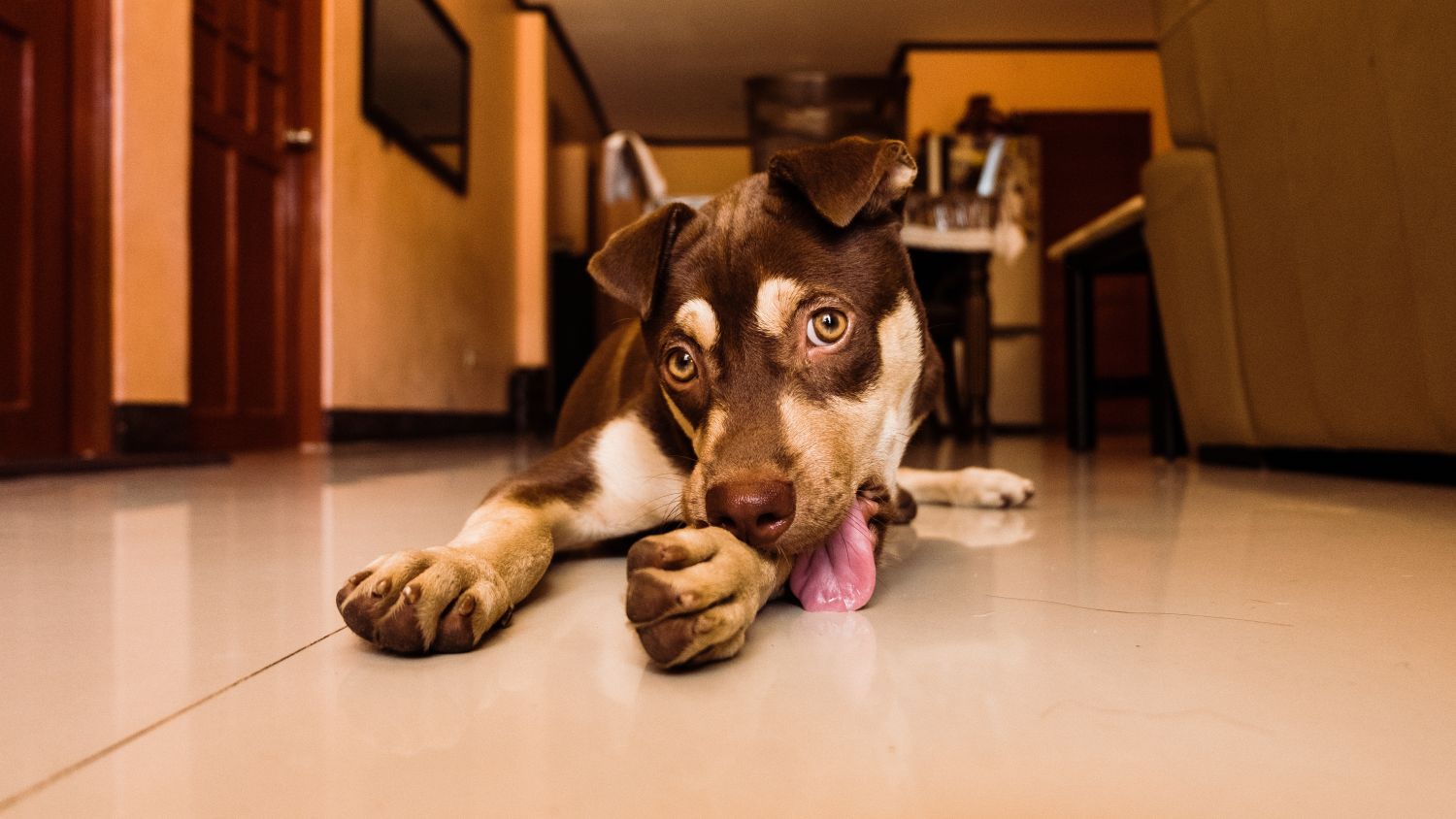

0 thoughts on “Why Does My Dog Bite Pillows”